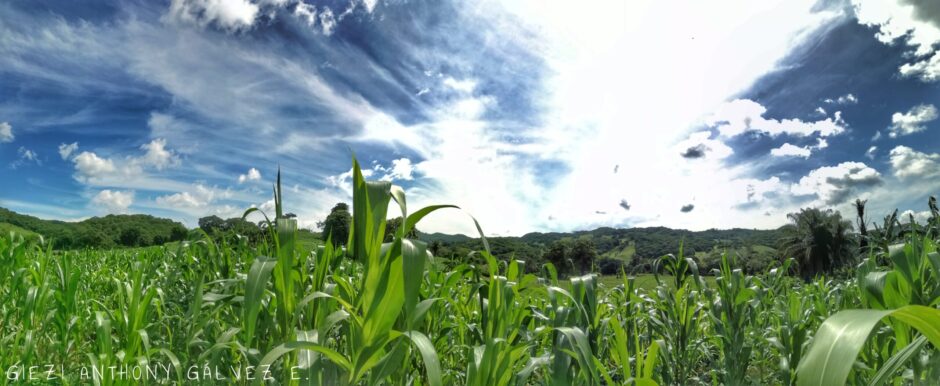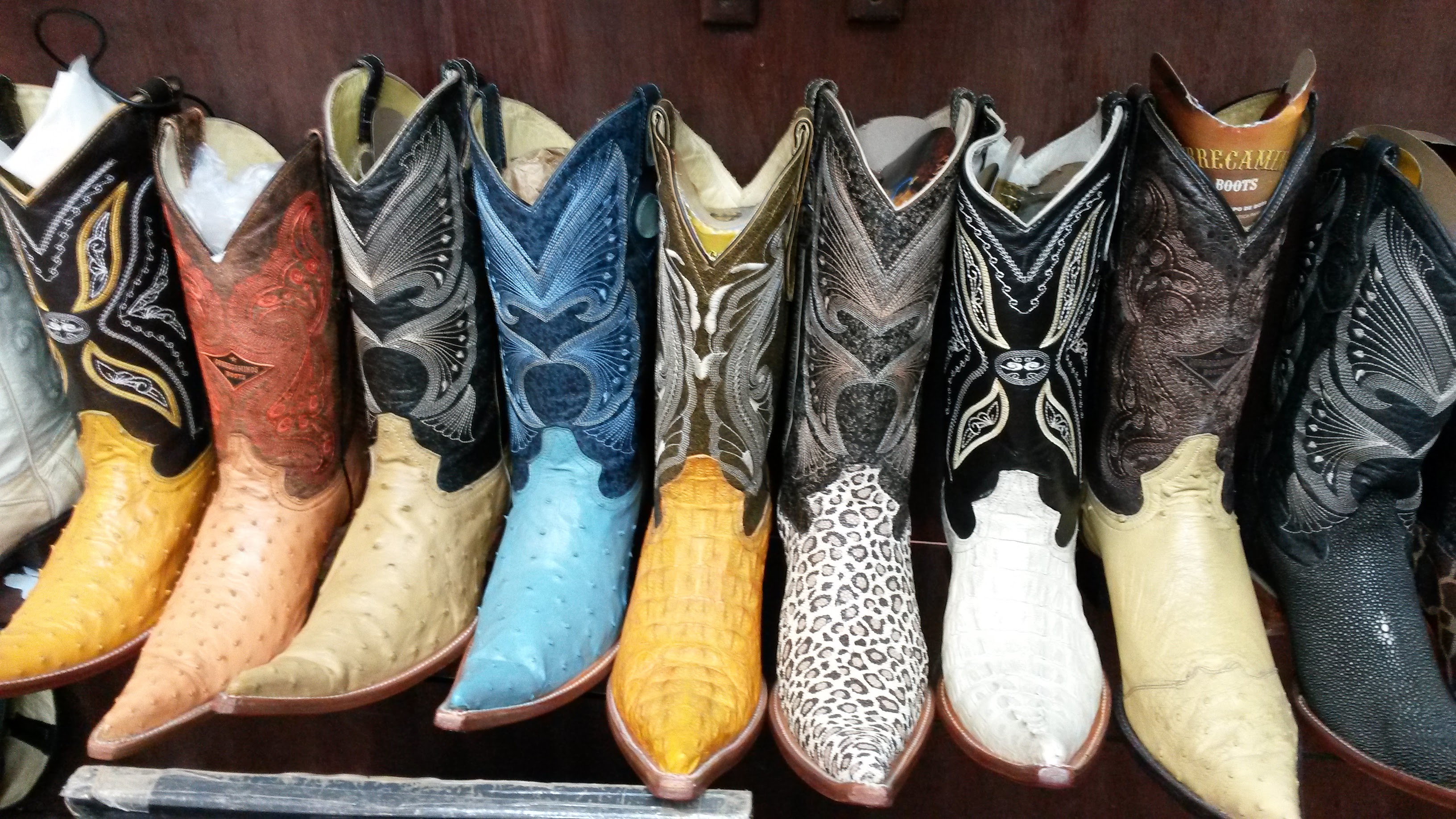Cowboy boots for sale in Leon, Mexico
La Frontera
After Mexico became a Spanish colony, the Spanish brought cattle over from Spain in the mid-1500s to establish the ranching industry. At that time, cattle were valued for their hides rather than their meat, during this period, leather was the equivalent of plastics today (See Alfred Crosby’s The Columbian Exchange). The ranching industry started near D.F. (Mexico City), and spread northwards. At one point the frontier was from Guadalajara eastward. The picture above was taken in Leon, which is now known for its leather products.
We are currently studying how the Colorado potato beetle evolved to become a major pest of potatoes. The beetle feeds on buffalo burr, Solanum rostratum, in the Central highlands of Mexico. It is thought that the expansion of the ranching industry helped to spread the beetle’s host plant northwards into the plains of the US. It is also possible that the “consquistador”, Juan de Onate, helped to bring horses and cattle into the Southwestern US. There are accounts that he brought about 100 or so soldiers and their families, horses, and 7000 head of cattle into New Mexico. It is interesting to note that buffalo burr is now a noxious weed throughout the US.
Although, there were no historical observations on the beetle’s expansion, the beetle was first found feeding on S. rostratum west of Omaha, in 1821 close to 40 years before it shifted onto potato and become a global scourge of potatoes. Potatoes took a very different course-the Spanish brought it to Europe and the English brought potatoes to the US. The potato was brought westward as English settlers set up new settlements as part of the westward expansion from 1830-1870. After the beetle was first reported as a pest of potato in 1859, its populations exploded. There are historical accounts of the huge beetle outbreak that stopped trains, caused people to flee the beaches, and caused devastating crop losses.

